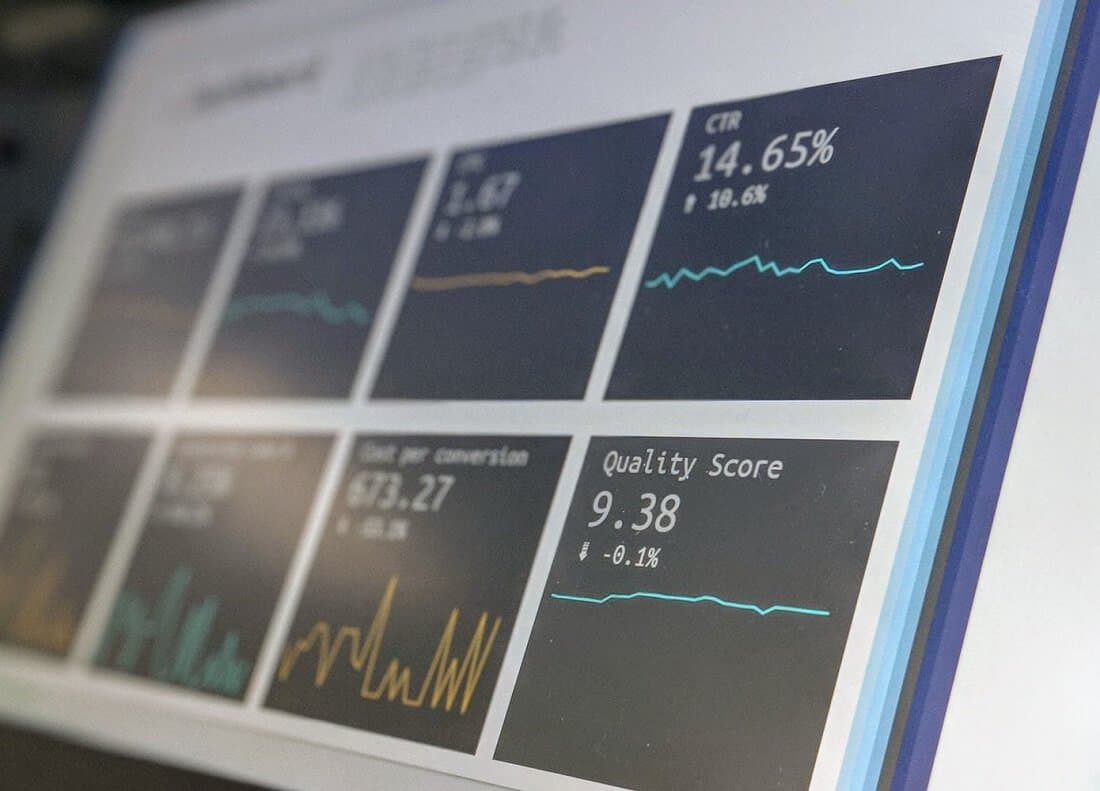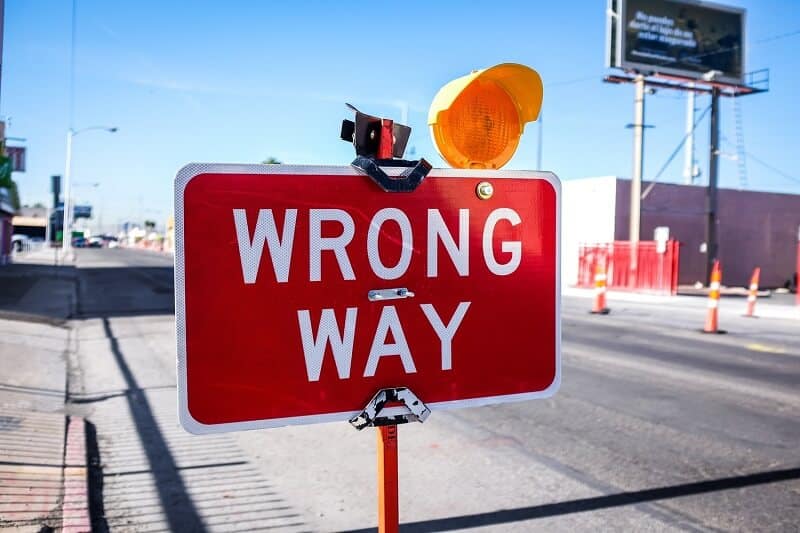
There are a lot of great tools and methods that can improve your trading. But first, you’ll need to clear away some myths about technical analysis.
By Guy Avtalyon
What do you think, do technical analysis myths exist?
Some traders and investors criticize technical analysis as a “shallow” reading charts and patterns without any precise, final, or useful effects. Others think it is a Holy Grail of investing. Their misconception is that once learned will provide them constant profits. These conflicting aspects have led to the wrong using technical analysis.
In the world of stock trading, technical analysis is a controversial system. Many traders claim that there is no value, it is inefficacy. But on the other hand, many traders are strong supporters. Common misunderstandings come from traders that only use fundamental analysis, for example. Such will be cautious with technical analysis. However, a great number of traders across the world use technical analysis to make profits.
But put all these disagreements aside, and let’s take a look at the myths which come along with this.
The technical analysis myths: TA will provide you a profit
This myth comes along with technical analysis courses. All of them are promising great success, high profits, excellent gains. Moreover, many claims that just one indicator is quite good enough to enter the trade and profit a lot. That simply isn’t the truth. To be able to use technical analysis you’ll need to learn a lot, you’ll need practice, discipline, and risk management. To become a successful trader you’ll need time, experience, and dedication. Technical analysis is just one part of it, just one tool. But you’ll need more. TA used as only one method doesn’t have super-power. It cannot provide you easy money. All the hard work you have to do, the analysis will never do it for you.
Technical analysis myths are that this method singly can give you a deeper insight into trends or patterns and provide you gains. You’ll need more tools and analysis to make profits.
That is one of the technical analysis myths.
It’s a rookie illusion to believe that anyone can enter the trade armed with one method. This myth can catch everyone especially if you’re a novice. They use the lovely KISS rule extremely to explain the technical analysis. But this will never lead you to be profitable. Technical analysis will show you what has happened and what is happening. This analysis will never tell what will happen in the future.
Real knowledge requires time to build.
Is technical analysis simply a reading charts
It would be nice if true, but it isn’t. Actually, this is an idiotic opinion. Charts are useful tools but you cannot find in them everything you need to be a successful trader. The point is that you cannot step into the trading field with several simple setups or indicators and make a profit. This is one of the biggest technical analysis myths. But that’s nonsense!
Technical analysis is helpful to understand the market’s behavior in a simple way. It is crucial for understanding market psychology. Based on TA you can make informed assumptions about future price movements. However, just a few lines in the chart aren’t sufficient.
The truth is that you’ll need time to build competence in trading. You’ll make a lot of mistakes, you’ll have losses, and stress before you understand how to make decisions based on knowledge, math, and logic. Keep in mind, all that line you can see on your charts are worthless without context.
For example, the signals have the same value but have one big difference – the context. That’s why it is important to recognize the context in which signals appear. To repeat, the signal without the context is worthless.
You have to understand this character of technical analysis to be able to make recognize the way in which signals turn into results. For example, some signals acted fantastic several weeks ago but today could fail. Yes, the past performances do repeat, but never exactly. So, why is that? The answer is simple – the context is changed. Hence, the result couldn’t be identical.
Can you understand how dangerous this kind of technical analysis myths is? If you rely on the charts only you’ll ruin your portfolio.
Can technical analysis give valid price predictions?
This is also one of several technical analysis myths. Of course, never expect that all clues could be 100% accurate. That is the wrong expectation, especially rookies use to have it. If you see the exact future stock price in some predictions, go away. Don’t read it anymore. Real and qualified technical analysts normally avoid quoting prices so precisely. They will give a predictive range “from” and “to” which isn’t the exact number.
Technical analysis is all about probability and possibilities. There are no guarantees. When you put your money following some of the technical recommendations, understand them as the range of stock price. Keep in mind, if some stock works better more often than not that still doesn’t mean it will work all the time. But yet, that stock can generate profit more often than some other.
The winning rate is higher when using it
Really? The truth is that you don’t need a high percentage of winning trades for profitability. That’s the myth.
Let’s assume you made 3 winning trades out of 4, while your friend makes one winning trade out of 4. Who is more profitable? Don’t say that you are because it isn’t quite correct until you have more info to show us. Hence, we have to know what your win-rate and risk-reward ratios are. For example, you made $40 on your winning trades but you lost $120 on your losing trade. What is your profit? Zero! Your friend had one winning trade and made $100 on his win and lost $80 on losing trades, so his profit is $20. Who is a more profitable trader now?
The winning rate in the technical analysis is higher is also one of the common technical analysis myths. You can be profitable even with fewer wins.
Technical analysis software can make you rich
Maybe we should ask some successful traders this. What do you think, what has made you rich? Which software do you use? The answer will probably be: Are you kidding me?
No such software could be effective if you aren’t a good trader. Unfortunately, that is also a technical analysis myth. Also, misunderstanding of trading software. The internet is overflowed with a lot of software, they are cheap or expensive but all will promise you that it will perform all necessary analysis for your profitable trades. They will guarantee a profit. Just be smart, technical analysis software will provide you data about trends and patterns, but couldn’t guarantee profits.
It’s up to you to properly evaluate trends and all other data.
You can hear very often that technical analysis is suitable for short-term traders. That is also one of the technical analysis myths. Moreover, you’ll find it is useful for algo-trading, or high-frequency trading. It simply isn’t the truth. The truth is that technical analysis advanced along with the development of technology but traders used technical analysis much before computers appeared. Traders monitored trends by using moving averages 20-day, or 50-day, and some still do the same.
Technical analysis works based on the theory that past tradings and stock price changes can be worthy indicators of future price movements. But only if used along with relevant trading rules. Use technical analysis in combination with other methods of research. Also, you shouldn’t limit your research to fundamental or technical analysis when you have plenty of others. The main goal is profit. Remember it.



















